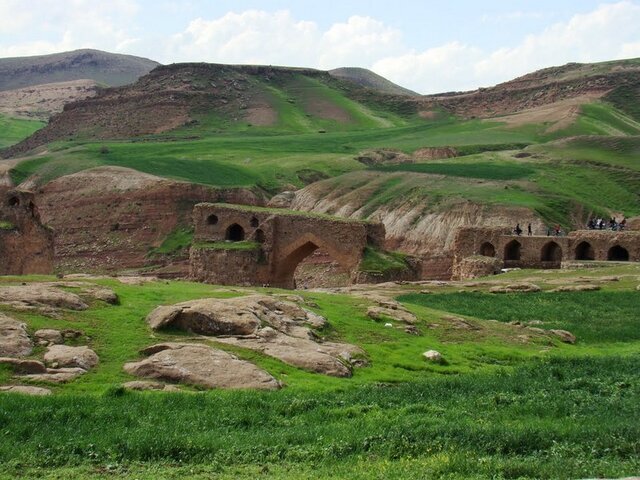Iran eyes UNESCO tag for ancient Seymareh

TEHRAN–Iran has completed an all-inclusive dossier for the ancient city of Seymareh in the western Ilam province for possibly becoming a UNESCO World Heritage, the deputy provincial tourism chief has said.
A preliminary dossier has been prepared for the possible registration of the historical-cultural landscape of Seymareh, which should first be approved in the country, Raed Nasserifar said on Friday, ISNA reported.
Seymareh is situated near Darreh Shahr, which was once the summer capital of Elamites, a pre-Iranian civilization dating from 2700 to 539 BC. The city also enjoyed centuries of prosperity during the Sassanid era (224 CE–651).
Covering an area of 200 hectares, the ancient city dates back to the Sassanid epoch and is believed to be built on remnants of the Elamite capital, Madaktu.
The first archeologist to visit Seymareh was Sir Henry Rawlinson. He began an expedition to the site in 1836.
Jaques de Morgan also visited this historical land in 1891 and introduced it as the same ancient city of Madakto. Then it was Aurel Stein who attempted to explore it in 1936, according to Visit Iran, the official travel guide of Iran.
The archeological findings show that the city included about 5,000 houses with some modern aspects, like a water distribution system through clay pipes and underground sewers. The city was destroyed and deserted after a huge earthquake around 950 BC.
The remnants of the city were inscribed on the National Heritage list in 1931.
Darreh Shahr and its surrounding regions boast vestiges of Sassanid constructions such as arches, ceilings, alleys, and passages that follow a specific order of urban development criteria of the time.
The name Elam was given to the region by others–the Akkadians and Sumerians of Mesopotamia –and is thought to be their version of what the Elamites called themselves– Haltami (or Haltamti)–meaning “those of the high country.” 'Elam', therefore, is usually translated to mean“highlands” or “high country” as it comprised settlements on the Iranian Plateau that stretched from the southern plains to the elevations of the Zagros Mountains.
ABU/AM
Leave a Comment